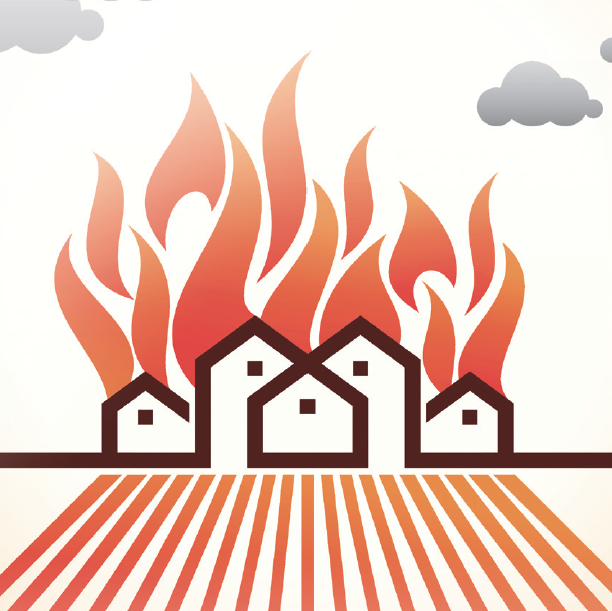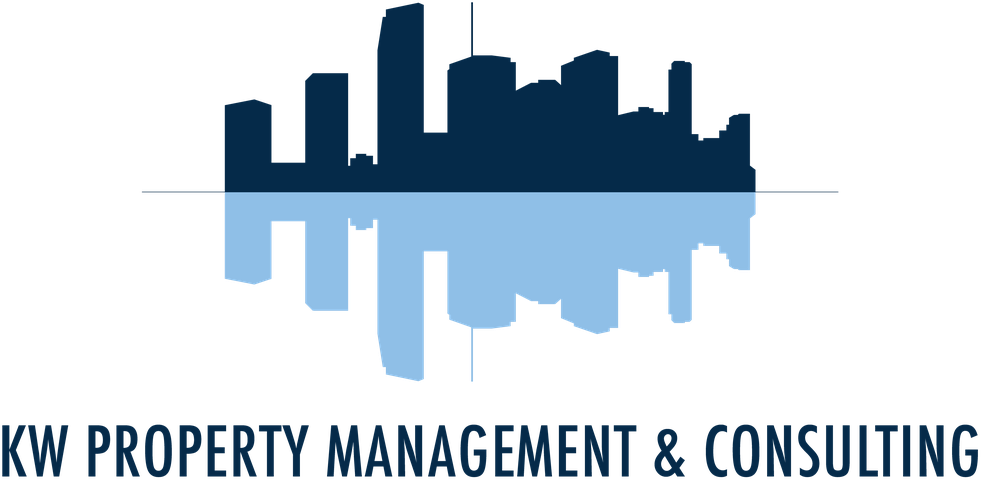
Start Planning for a Disaster Now
Consider this scenario: You are a board member for a Condominium Association that represents over 300 residents in a condominium complex consisting of two towers. In the early hours of a Thursday morning, you are awakened by a loud knocking at your door. You open it to find a frantic resident telling you that a building is aflame and the fire department has begun to evacuate people. You get dressed and go outside to see four units are actively burning and others significantly damaged. What are you going to do? As a board member, do you have a responsibility to take action? Do you know the plan?
Disasters, natural or man-made, occur with alarming regularity. Disasters can occur without warning at any time of the day or night. There are many ways a disaster can detrimentally affect a community. Just like in the above scenario, many residents could be displaced, buildings and facilities might need repairs or complete demolition, and reserve funds could be entirely depleted.
Common Disasters Affecting Community Associations
| Natural Disaster | Manmade Disaster |
|---|---|
| Hurricane | Chemical Spill |
| Fire | Explosion |
| Flood | Mass casualty incident (terrorism) |
| Tornado | Building failure or collapse |
Governmental and public safety agencies have comprehensive plans for responding to and mitigating large-scale disasters or emergency events. Businesses have formal plans for responding to disasters, particularly when their employees, business continuity and profitability could be compromised. Most Condominium Associations and Homeowner Associations, however, do not have any formal plans or specialized training to aid in responding to a disaster that impacts their property, property owners and/or residents.
Why should a Community Association consider developing a disaster response plan? Because a Community Association is a group of residents, neighbors, and most importantly people, and providing a plan for your community to better survive a disaster should be a natural extension of board of director governance.
Pre-plan Disaster Response Roles and Responsibilities
The most effective way to respond, at any level, to a disaster or emergency is to pre-plan the response, roles and responsibilities. Just as it’s important to have a Hurricane Preparedness kit ready for when a storm strikes, you should have a formalized plan for response to disasters at a community association leadership level. Some Condominium Associations have rules and procedures that regulate disaster-related board responsibilities, usually regarding the expenditure of the Association’s money. And the Civil Code regulates emergency special assessments and borrowing from reserve funds. The fiduciary, financial and approval processes outlined in the Association’s governing documents is critical information to be aware of. In the aftermath of a major disaster there will normally be a need to authorize emergency expenditure of funds, both immediately and in the long-term. The process outlined in governing documents should not be subverted just because some type of disaster has occurred. It is prudent to be prepared, even for a minimal response.
These unpredictable events present immediate and long-term considerations for a Community Association Board and the property manager, and the best way to handle them is with a plan. Without proper planning, simple events can become very overwhelming and burdensome for the board of directors and the affected residents. Research, planning and effective response are all absolutely necessary in order for effective disaster response and recovery to occur. The creation of a current Disaster and Emergency Response Plan is an important consideration for any community association.
Questions The Plan Should Answer
Developing an emergency plan begins with knowing exactly what is expected of each resident of the community. The Board of Directors should know:
- How the residents of the community expects them to respond during, and after, a disaster has occurred?
- What their roles are, as board members, when a disaster strikes in the community? What role will the property manager assume?
- Will the manager be available?
- What resources are available to help with the response and recovery from the disaster?
- How do standing rules and processes impact the response and recovery from a disaster?
If a board of directors can’t answer these questions, then the community is not well prepared and at risk if a disaster strikes.
Creating a Disaster Plan for Your Community
The plan does not have to be restrictively complex or broad, but it must contain enough information so that current board members can quickly digest and understand their roles and responsibilities in disasters that impact the association. When developing an emergency plan, a board of directors should consider the two main functions of a plan: creating an effective response to the disaster while it is happening and restoring the affected area to pre-disaster conditions.
Your Plan Should Answer Six Basic Questions
Board members need to understand that there will be expectations placed on them in these circumstances which would require them to be available and actively participating in the aftermath of any disaster affecting their community association. Once the expectations and process questions are answered, then the board must develop a formal plan, which outlines the six basic questions: why, who, what, when, where, and how.
Why is the plan being developed? This is usually a fairly simple statement, which typically includes high-level general language relative to the formation of the plan and what the primary objectives and outcomes will be.
Who is the plan for? This question outlines responsibilities for specific functions and for whom the plan is being developed to assist.
What is the plan? This question is self-explanatory: the development of a comprehensive disaster/emergency response plan that best fills the needs of the entire community.
When will the plan be activated? This outlines the circumstances that would trigger the activation of the plan.
Where will temporary sheltering be established? If homeowners and residents are displaced as a cause of the event, a temporary shelter may be in order to provide relief. The location of emergency supplies (water, flashlights, etc.) should also be discussed.
How will board members communicate? If board members cannot meet in a determined physical location, having a system in place for communication is necessary.
In reality the answers to these questions will inevitably vary for each individual community as well as the different types of disasters. Just remember that the questions for the development process should never be limited to those listed above, but instead serve as a good starting point in the questions and answers process.
Once the plan has been drafted and “finalized” the board of directors should review and formally adopt the plan. Once the plan is adopted, implement formal training in the execution of the plan at the board level. The board needs to communicate the disaster plan to the residents so that they know what to expect from the board in response to any disaster within the community.
It is a good practice to periodically review a disaster plan to ensure that it is current and reflects the immediate needs of those it was written to assist, in our case directors, managers and homeowners/residents in the community association.
Community associations are as susceptible to experiencing disasters as much as any other individual or community. Absent a formalized plan, the response will be disjointed and haphazard, at best. Development of a comprehensive disaster response plan, tailored for the community’s specific needs will simplify the process for all involved, minimize the impact of the disaster event, and best serve the entire community.
Quick Navigation
Headquarters
- 8200 NW 33rd Street, Suite 300 Miami, FL 33122
- (305) 476-9188
- (800) 514-5770 - Toll Free
- (305) 476-9187
Copyright 2025 – KW Property Management & Consulting | All rights reserved
